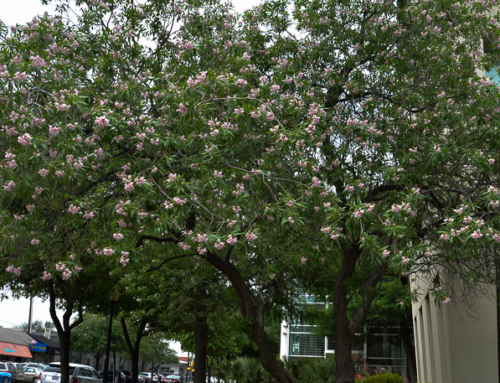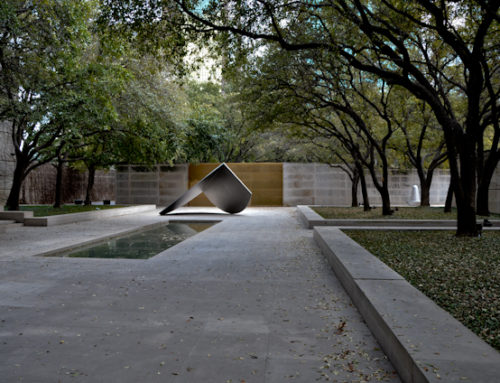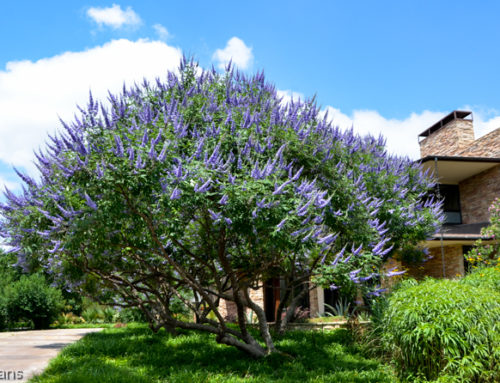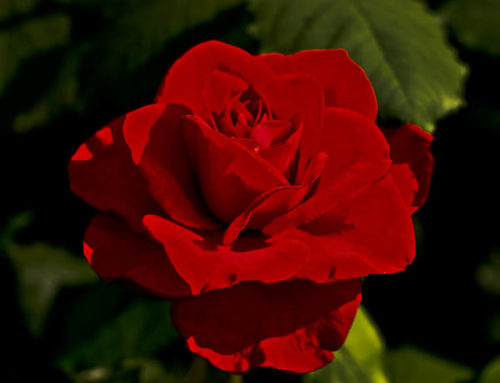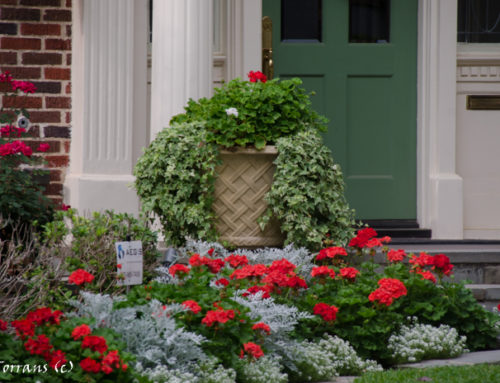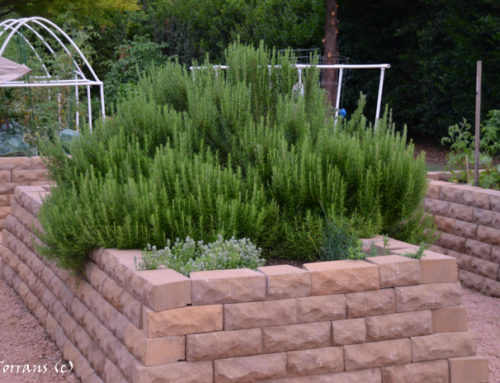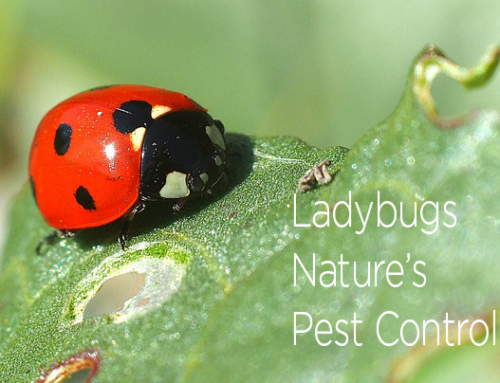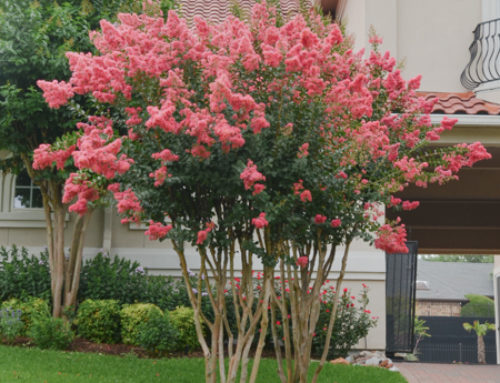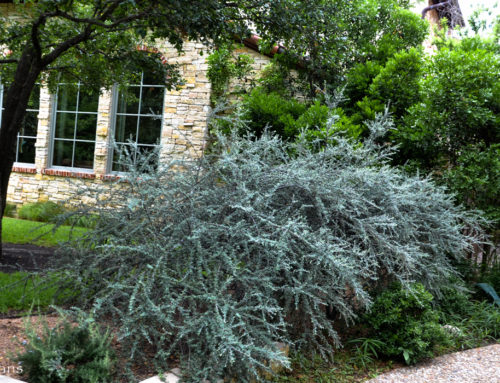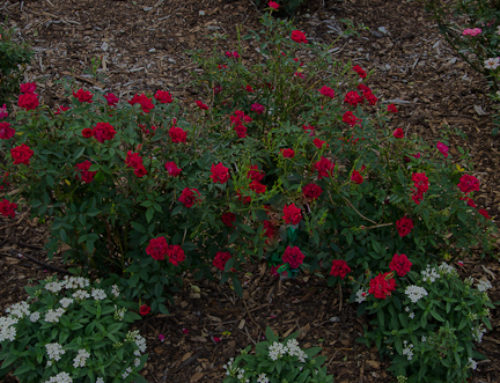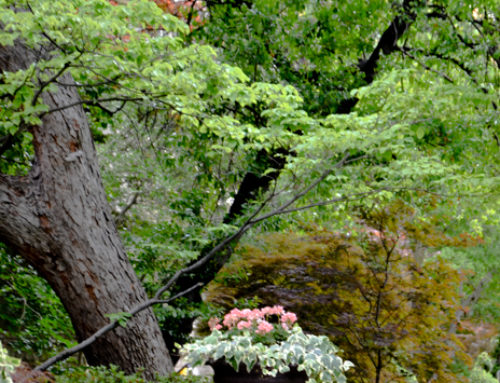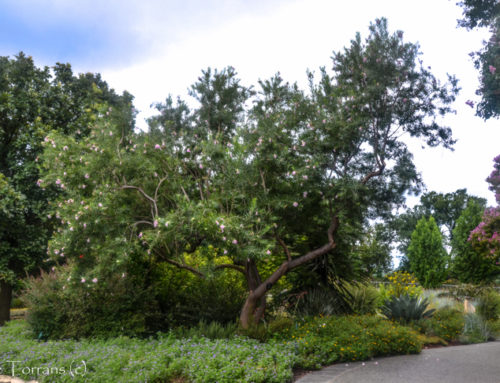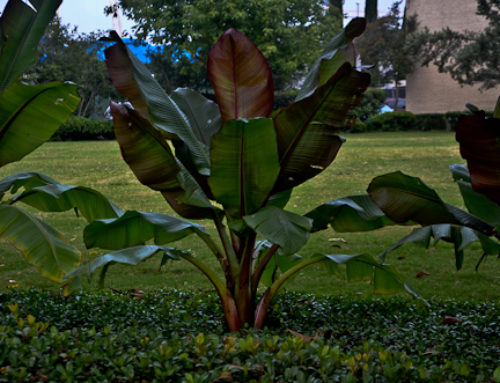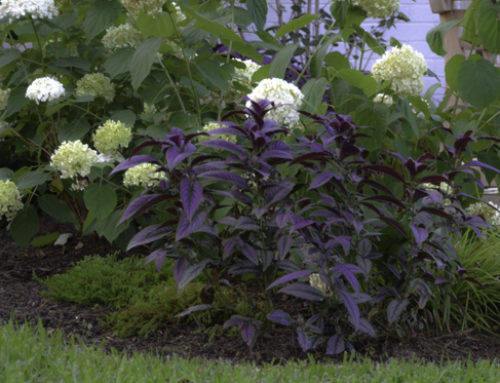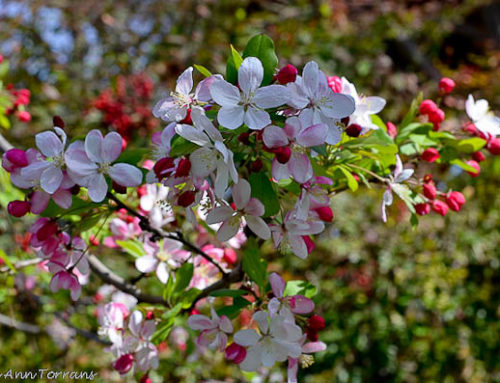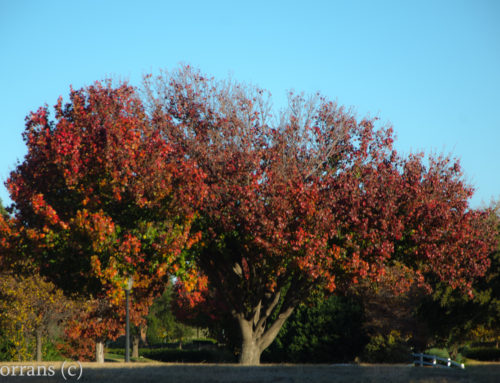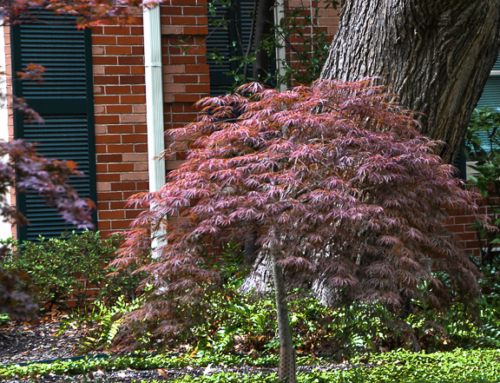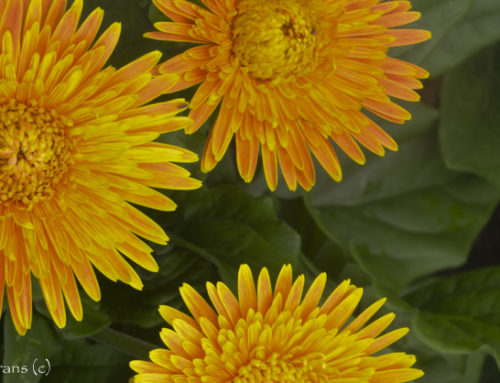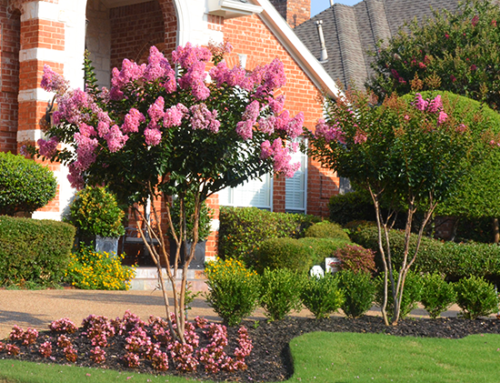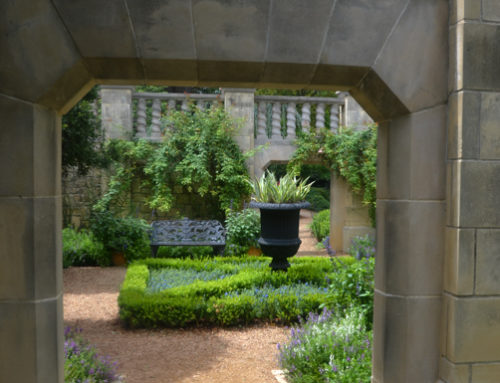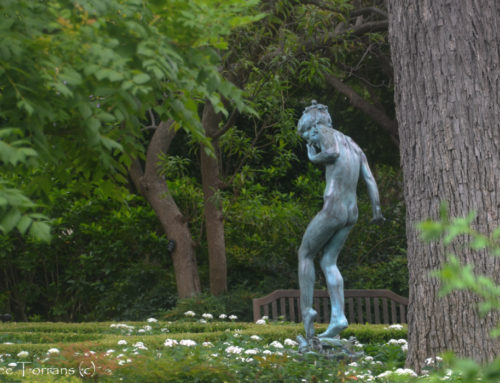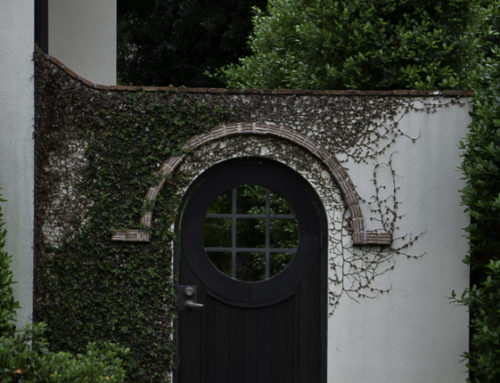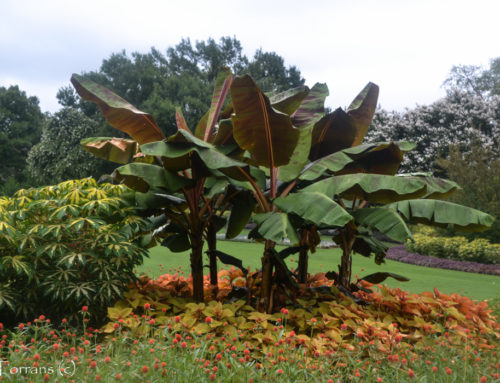Drone Use in Texas
Photography is a huge part of what I do. I succumbed and bought a drone. Now what? What can I do, where can I photograph, will I wreck the drone within the first month, first week, first day? What I have learned and decided is that using a drone is a lot like using my camera. The same rules apply, well maybe a few more but the principles are the same. Drones are also known as Unmanned Aerial Vehicles or UAVs and Unmanned Aerial Systems or UAS. I consider my drone to be essentially a flying camera.

Drone Use in the State of Texas
Drone Law in Texas
As I understand it, these are the legal restrictions on drone use in the State of Texas which also includes a healthy dose of federal regulations. The State of Texas manages the privacy issues associated with drones. The FAA governs the individual operating the drone.
Business entities, home owners, citizens and land owners have an interest in protecting their privacy. Some landowners have taken to shooting down drones that fly over their property. Can they do that? Can I photograph say, the Dallas Arboretum with a drone, or a park filled with crape myrtles in bloom or (something I would never do) someone’s back yard? These issues are all covered by state law. Suddenly I realize that in order to effectively use my drone I have a LOT to learn!
Most importantly I need to know in the State of Texas it is illegal to to use unmanned aircraft to capture an image of a person on private property with the intent to conduct surveillance of that person or property. I would not consider garden photography ‘surveillance’ but a court might so I will consider garden photography to be a surveillance of plants and not permitted. Easy enough to understand, do not photograph people on private property. Do not invade private property to photograph. However, what does ‘private property’ mean!
Quickly I determine that photographing the Dallas Arboretum could be off limits if I captured individuals. The Arboretum is open to the public and to that extent would have more liberal photography restrictions. If my drone flew over the Arboretum when closed that would be considered a trespass because it would not be open to the public during that time. My drone flying over the Arboretum when it was closed would be just like my climbing the fence myself. At any rate, I would never photograph the Arboretum in that way without their permission. You may photograph persons in public spaces so IF the Arboretum allowed drone photography that would be acceptable.
Photographing a public park open to the public without capturing individuals seems acceptable and there are a few locations that are appealing. Actually, you may photograph people on public property, though I would chose not to do that personally. Photographing an individual’s front yard with my drone over their property would not be lawful. How about keeping the drone above the street and photographing the yard? That seems acceptable though that is something I would never do.
How about photographing at the Fort Worth Botanical Garden? That looks like an acceptable location, particularly the Rose Garden as long as I comply with federal regulations. Capturing images of people on public property is acceptable. I found no municipal regulations limiting that flight and photography, however, that is not to say they will not appear in the near future.
Most Universities and sporting events have restrictions governing flights. The FAA restricts flying over crowds. Best to check with the entity before deploying a drone.
State Parks
State Parks are a different matter. Texas State Park flights are required to be authorized. Unauthorized launches, landings or operation shall be considered unlawful pursuant to 31 TAC 59.132(a). Each individual state park superintendent can, at his choosing, allow drone flights in that state park.
FAA Registration
You’ve got to get registered with the FAA and label your drone with an FAA number. To register you are required to be 13 years old, pay a $5 fee making your registration good for 3 years. The Federal Aviation Administration Modernization and Reform Act introduced the Registration and Marking Requirements for Small Unmanned Aircraft in December 2015. All small unmanned aircraft which more than 0.55 pounds must be registered. Failure to register “may result in regulatory and criminal sanctions. The FAA may assess civil penalties up to $27,500. Criminal penalties include fines of up to $250,000 and/or imprisonment for up to three years.” That’s harsh.
Visual Sight Line of Drone
The pilot must maintain a constant visual line of sight with the drone. Binocular tracking is not permitted. If you have a visual observer other than yourself and the pilot the two of you must maintain “effective communication” during the time the drone is in flight.
Time of day
Flight may occur only during daylight and civil-twilight hours. This means a drone can be flown 30 minutes before official sunrise until 30 minutes after official sunset. The important factor is anti-collision lighting. So if official sunset on a stormy day occurs without anti-collision lighting, you cannot fly.
Maximum Altitude
A UAS may not be flown in excess of 400′ above ground level.
Texas Privacy Law and Drone Use
Texas has clear privacy laws. The State Legislature included the issue of drone imaging within the privacy laws already in place in Chapter 423. After reviewing Chapter 423 I see there are many restrictions that do not apply to gardening photography such as law enforcement issues and even realtor exceptions. There are exceptions for utility companies, higher education purposes, investigation motor vehicle accidents, missing person searches, the oil and gas industry.
The full act can be found here: http://www.statutes.legis.state.tx.us/Docs/GV/htm/GV.423.htm
My drone is defined by Chapter 423 and I have included those issues here that I believe apply to gardening photography.
CHAPTER 423. USE OF UNMANNED AIRCRAFT: Sec. 423.001. DEFINITION. In this chapter, “image” means any capturing of sound waves, thermal, infrared, ultraviolet, visible light, or other electromagnetic waves, odor, or other conditions existing on or about real property in this state or an individual located on that property.
Sec. 423.002. NONAPPLICABILITY. (a) It is lawful to capture an image using an unmanned aircraft in this state:
(F) of private property that is generally open to the public where the property owner consents to law enforcement public safety responsibilities;
(14) of real property or a person on real property that is within 25 miles of the United States border;
(15) from a height no more than eight feet above ground level in a public place, if the image was captured without using any electronic, mechanical, or other means to amplify the image beyond normal human perception;
(16) of public real property or a person on that property;
Sec. 423.003. OFFENSE: ILLEGAL USE OF UNMANNED AIRCRAFT TO CAPTURE IMAGE. (a) A person commits an offense if the person uses an unmanned aircraft to capture an image of an individual or privately owned real property in this state with the intent to conduct surveillance on the individual or property captured in the image.
(b) An offense under this section is a Class C misdemeanor.
(c) It is a defense to prosecution under this section that the person destroyed the image:
(1) as soon as the person had knowledge that the image was captured in violation of this section; and
(2) without disclosing, displaying, or distributing the image to a third party.
(d) In this section, “intent” has the meaning assigned by Section 6.03, Penal Code.
Sec. 423.004. OFFENSE: POSSESSION, DISCLOSURE, DISPLAY, DISTRIBUTION, OR USE OF IMAGE. (a) A person commits an offense if the person:
(1) captures an image in violation of Section 423.003; and
(2) possesses, discloses, displays, distributes, or otherwise uses that image.
(b) An offense under this section for the possession of an image is a Class C misdemeanor. An offense under this section for the disclosure, display, distribution, or other use of an image is a Class B misdemeanor.
(c) Each image a person possesses, discloses, displays, distributes, or otherwise uses in violation of this section is a separate offense.
(d) It is a defense to prosecution under this section for the possession of an image that the person destroyed the image as soon as the person had knowledge that the image was captured in violation of Section 423.003.
(e) It is a defense to prosecution under this section for the disclosure, display, distribution, or other use of an image that the person stopped disclosing, displaying, distributing, or otherwise using the image as soon as the person had knowledge that the image was captured in violation of Section 423.003.
Added by Acts 2013, 83rd Leg., R.S., Ch. 1390 (H.B. 912), Sec. 2, eff. September 1, 2013.
Sec. 423.006. CIVIL ACTION. (a) An owner or tenant of privately owned real property located in this state may bring against a person who, in violation of Section 423.003, captured an image of the property or the owner or tenant while on the property an action to:
(1) enjoin a violation or imminent violation of Section 423.003 or 423.004;
(2) recover a civil penalty of:
(A) $5,000 for all images captured in a single episode in violation of Section 423.003; or
(B) $10,000 for disclosure, display, distribution, or other use of any images captured in a single episode in violation of Section 423.004; or
(3) recover actual damages if the person who captured the image in violation of Section 423.003 discloses, displays, or distributes the image with malice.
(b) For purposes of recovering the civil penalty or actual damages under Subsection (a), all owners of a parcel of real property are considered to be a single owner and all tenants of a parcel of real property are considered to be a single tenant.
(c) In this section, “malice” has the meaning assigned by Section 41.001, Civil Practice and Remedies Code.
(d) In addition to any civil penalties authorized under this section, the court shall award court costs and reasonable attorney’s fees to the prevailing party.
(e) Venue for an action under this section is governed by Chapter 15, Civil Practice and Remedies Code.
(f) An action brought under this section must be commenced within two years from the date the image was:
(1) captured in violation of Section 423.003; or
(2) initially disclosed, displayed, distributed, or otherwise used in violation of Section 423.004.
Added by Acts 2013, 83rd Leg., R.S., Ch. 1390 (H.B. 912), Sec. 2, eff. September 1, 2013.
Sec. 423.007. RULES FOR USE BY LAW ENFORCEMENT. The Department of Public Safety shall adopt rules and guidelines for use of an unmanned aircraft by a law enforcement authority in this state.
Sec. 423.008. REPORTING BY LAW ENFORCEMENT AGENCY. (a) Not earlier than January 1 and not later than January 15 of each odd-numbered year, each state law enforcement agency and each county or municipal law enforcement agency located in a county or municipality, as applicable, with a population greater than 150,000, that used or operated an unmanned aircraft during the preceding 24 months shall issue a written report to the governor, the lieutenant governor, and each member of the legislature and shall:
(1) retain the report for public viewing; and
(2) post the report on the law enforcement agency’s publicly accessible website, if one exists.
(b) The report must include:
(1) the number of times an unmanned aircraft was used, organized by date, time, location, and the types of incidents and types of justification for the use;
(2) the number of criminal investigations aided by the use of an unmanned aircraft and a description of how the unmanned aircraft aided each investigation;
(3) the number of times an unmanned aircraft was used for a law enforcement operation other than a criminal investigation, the dates and locations of those operations, and a description of how the unmanned aircraft aided each operation;
(4) the type of information collected on an individual, residence, property, or area that was not the subject of a law enforcement operation and the frequency of the collection of this information; and
(5) the total cost of acquiring, maintaining, repairing, and operating or otherwise using each unmanned aircraft for the preceding 24 months.
Added by Acts 2013, 83rd Leg., R.S., Ch. 1390 (H.B. 912), Sec. 2, eff. September 1, 2013.
Texas Realtor Drone Exception
The Texas Privacy Act (Government Code Chapter 423) limits the use of drones. This act includes and exception for real estate activities. A Texas licensed real estate broker may employ a drone to take photos and videos if “captured by a Texas licensed real estate broker in connection with the marketing, sale, or financing of real property, provided that no individual is identifiable in the image.” No people may be included without their consent. For surrounding properties which are private, consent from the owner will be required. Public properties, however, may be captured in video by drones.


